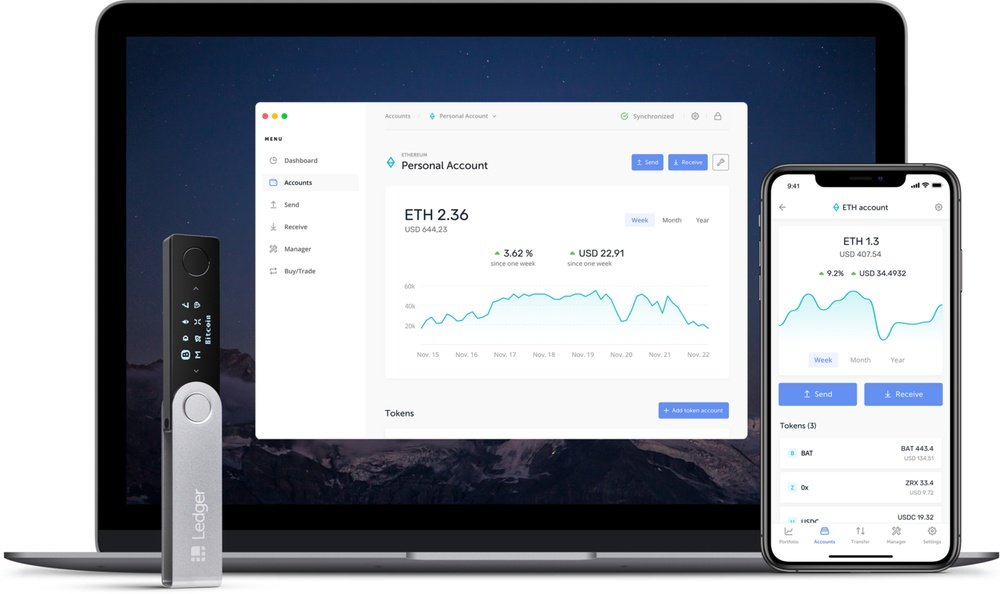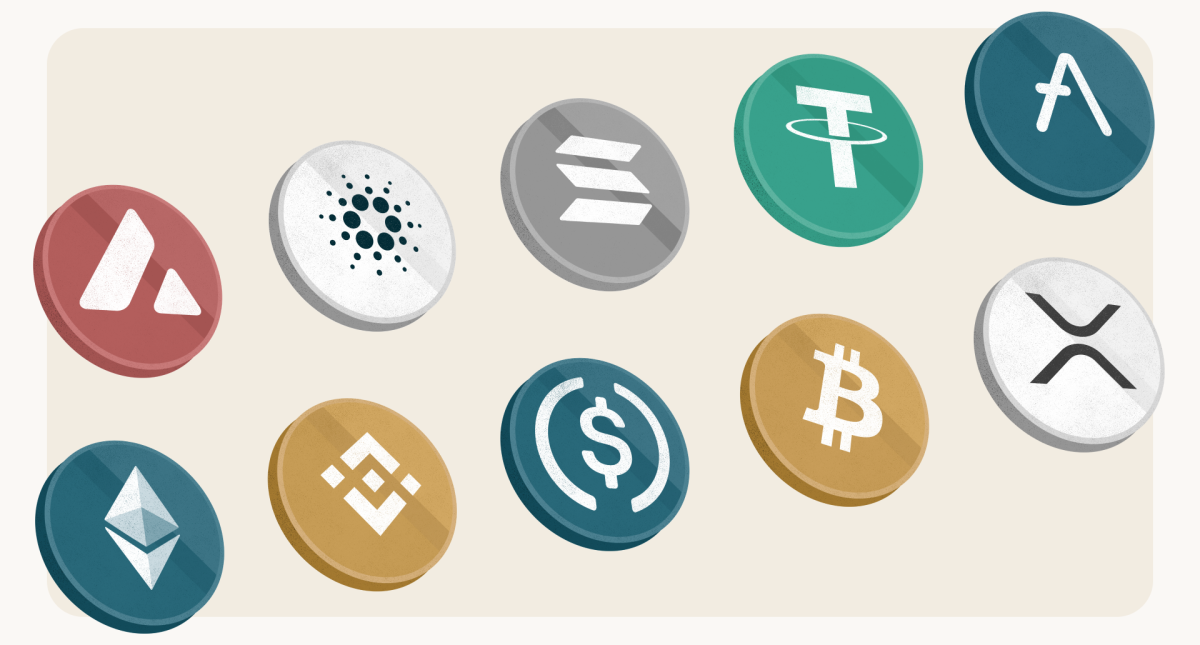JOMO is an abbreviation for the “joy of missing out,” which occurs when a crypto trader refuses to follow the crowd. It’s the inverse of FOMO (fear of missing out), and it serves as a counterweight to price surges fueled by excitement and frenzy.
What is JOMO in crypto trading?
In cryptocurrency trading, JOMO results from refusing to go along with the crowd, which is frequently mistaken, and preventing a potentially substantial loss.
For instance, the regular bullish calls in the Bitcoin market during the bull run in 2020–2021 probably encouraged many individuals to purchase at the top in anticipation of more gains.
In 2021, a lot of market analysts, including those at Standard Chartered and JPMorgan Chase, speculated that Bitcoin’s value would reach $100,000 by the end of the year. Given its consistency over the majority of Bitcoin’s bull and market cycles, the widely followed stock-to-flow model strengthened the bullish case even more.
However, after reaching a high of $69,000 in November 2021 and declining by 60% since then, Bitcoin’s price fell short of the widely favored $100,000 target.
As a result, the JOMO traders who either sold or refrained from buying into the rise at the time won. Additionally, they kept the money to invest at lower prices when FOMO was nonexistent, such as in June 2022, the month when Bitcoin’s most recent price bottom was reached.
How to Turn FOMO into JOMO
Making fast money is the motivation behind FOMO (Fear of Missing Out). Many traders think that investing in cryptocurrencies would allow them to double or triple their money in a matter of days, weeks, or months.
Typically, FOMO traders may initiate or stop their deals numerous times per day without giving them much consideration or strategy. Additionally, traders’ mental health is impacted by these high-risk deals, which can result in stress and lack of sleep.
Following these four steps below will help a trader transform FOMO into JOMO.
1. Create a trading strategy.
2. Maintain a trading journal to track your trading pattern.
3. Utilize a variety of measures, including fundamental and technical analysis, to evaluate possible trades.
4. Ignore emotions, stick to your strategy, and make adjustments as needed.






